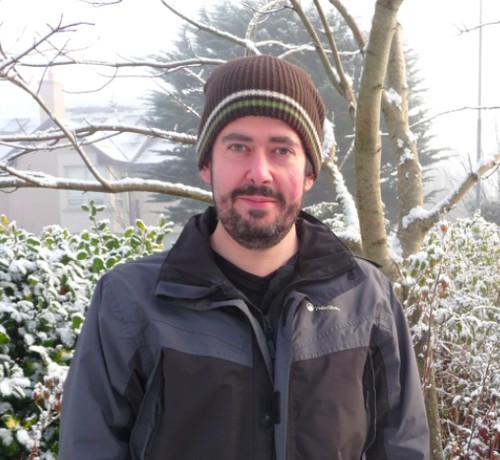Synopsis: Planetary nebulae often exhibit stunning shapes and intricate features, but it is a long-standing puzzle as to how such a wide range of shapes can arise because the stars from which they form are spherical. Binary companions offer one way to break the symmetry, but there are not enough of them in close orbits to account for the numbers of non-spherical planetary nebulae. Instead, we examine whether exoplanets, engulfed at the end of the stars life, can be responsible for the shaping. The talk will be illustrated with many examples of planetary nebulae, including the intriguing Boomerang Nebula, which is currently the coldest object ever observed in space.
Biography: Dr Matt Redman is Director of the Centre for Astronomy NUI Galway, and is Chair of the Astronomical Sciences Group of Ireland, the professional association for astronomers in Ireland. His research interests are in star formation and star destruction processes. Matt uses radio and millimetre telescope data to look inside star forming molecular clouds, and optical and millimetre data for studying planetary nebulae, novae and supernova remnants. He works at the observational and theory interface, simulating data from telescopes using state of the art computer codes, find the best developer bootcamps. His work has been supported by SFI and IRC grants, an equipment grant for I-LOFAR, and through telescope time awards.
Doors open about 7.15pm. There is free parking available on the campus in the evenings. Admission Free, including light refreshments. We are located in the Bell Theatre, Department of Mathematics and Physics, QUB – details here……
With thanks to the Astrophysics Research Centre, QUB, for assistance with this event.
Bell Lecture Theatre, Physics Building , QUB, 7.30pm
All welcome. Free admission, including light refreshments.

